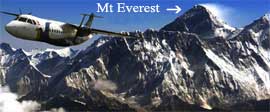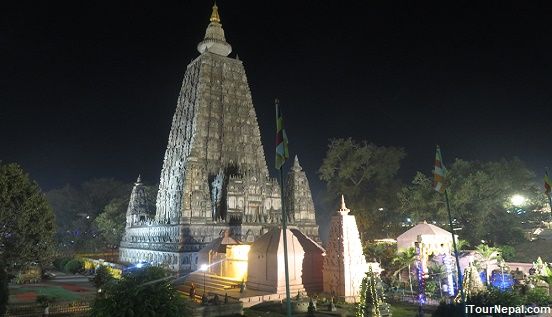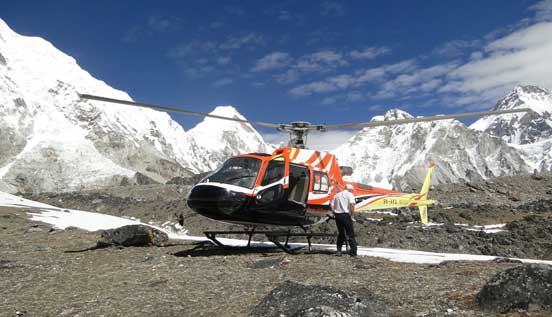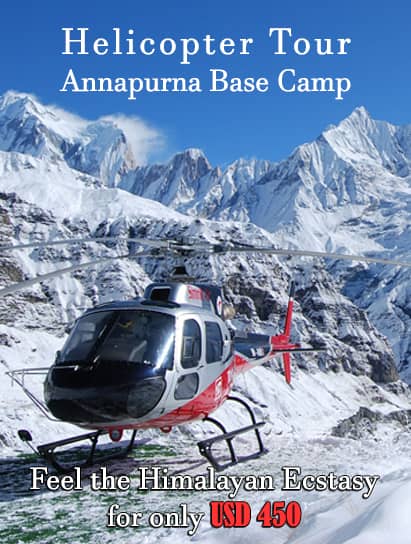In the crossroads of trans-Himalayan trade route, the Kathmandu valley was also a popular center for Buddhist pilgrimage and learning. Trace of Buddhism in Kathmandu valley goes back to time of Shakya Muni Buddha. There are some stupas established during the time of Emperor Ashoka (3rd century BC).
However the documented history of Buddhism in Kathmandu goes back to 6th century AD.
With over 500 medieval monasteries, Kathmandu valley was a center of Buddhist learnings during the medieval period (9 - 18th century).
Vestige of those monastic town still exists.
Similarly, the 8th century Indian master
Padmashambhava (Guru Rinpoche) also visited Kathmandu and meditated in the caves known today as Asura and Yanglesho. The Nagarjuna hill in the northwest of Kathmandu has two meditation caves of th 2nd century
Buddhist master Nagarjuna. The 11th century Tibetan Buddhism Master
Naropa and Milarepa also came and stayed in the caves around Kathmandu.
The group of three stupas (Swyambhunath, Boudhanath and Namobuddha) of Kathmandu have been a must visit pilgrimage from the ancient time.
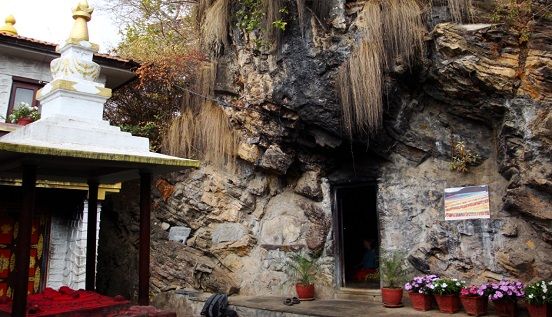
Guru Rinpoche attended the wisdom of Mahamudra at Yengloso, Pharping.
Asura and Yanglesho caves of Pharping
Yanglesho and Asura caves, located in the southern part of Kathmandu valley, are where Guru Rinpoche achieved the third level of Vidyadhara, attaining the wisdom of the great seal of Mahamudra. Legend has it that Guru Rinpoche practiced the Sadhana of Yangdak Heruka with his consort Princess Shakyadevi in these caves. By engaging in Tantric practices involving the dharma protector Vajrakilaya to overcome significant obstacles, they eventually reached the wisdom of Mahamudra.
Subsequently, Guru Rinpoche composed the Sadhana of Yangdak and Vajrakilaya. Additionally, the Asura cave is said to contain a handprint believed to belong to Guru Rinpoche.
In the life of Guru Rinpoche ( Padmasambhava ) India was his training ground, Nepal was his place of retreat, and Tibet was his place of activity.
Visit the pilgrimage sites of Guru Rinpoche in Nepal.
Guru Rinpoche Pilgrimage Nepal
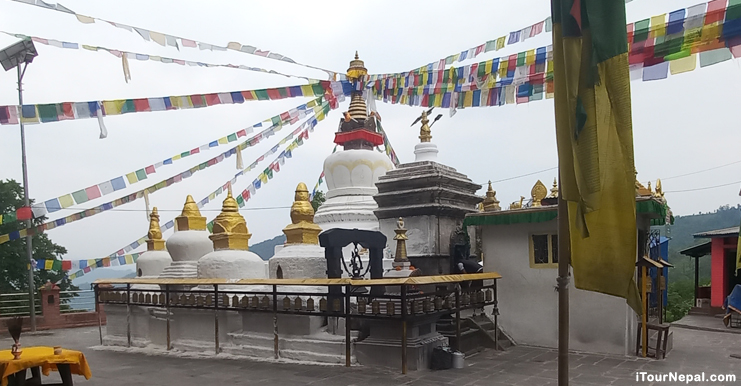
Lord Buddha, in one of his previous lives, sacrificed himself to feed starving tigress and her cubs.
Namo Buddha Stupa
The Namo Buddha Stupa, constructed using the remains of Prince Mahasattva, holds significant importance as the third major Buddhist stupa in Nepal. According to Jataka stories and various Sutra teachings, Prince Mahasattva was an earlier incarnation of Shakyamuni Buddha. This stupa serves as a powerful symbol of compassion and selflessness. The prince selflessly sacrificed himself at this location to provide nourishment to a starving Tigress and her five newborn cubs. Even today, atop the hill, there exists a temple den with a stone tablet depicting the scene of the Bodhisattva offering his flesh to the Tigress.
Situated at an elevation of 1800 meters on a ridgetop, approximately 40 kilometers east of the Kathmandu valley, the Namo Buddha Stupa offers a serene vantage point. From here, one can gaze upon the lush valleys with the majestic Himalayas serving as a breathtaking backdrop. This location provides the perfect refuge for those seeking solace in nature and spirituality. Additionally, the monastery guesthouse offers accommodation and a rare opportunity to dine and pray alongside the monks.
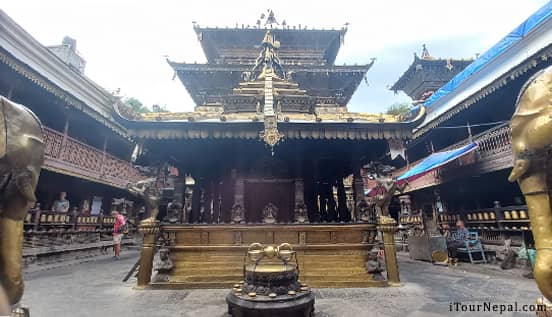
Hiranyavarnam Mahavihara also knonw as Golden temple from 8th Century.
Living Buddhist heritage of Kathmandu
The Kathmandu valley, located in the citadel of the Himalayas, has served as a sanctuary for Buddhism since ancient times. Historical records indicate that some of the Stupas in the valley date back to the reign of Emperor Ashoka. Situated at the crossroads of the trans-Himalayan trade route between the Indian plains and the Silk Road, the valley played a pivotal role in Buddhist studies and pilgrimage. Even today, there are over 500 medieval monasteries scattered throughout the Kathmandu valley. Among them, the Charumati Vihar (Chabahil), believed to have been constructed by Emperor Ashoka's daughter Charumati, as well as the Hiranya Varna (Golden Temple), Rudra Varna, and Vikramashil Mahavihar, are considered significant Newari Buddhist monasteries established between the 5th - 12th centuries AD.
Kathmandu Valley was visited by Nagarjuna, Atisha, Milarepa, Tilopa and Naropa
During the 8th to 15th centuries, numerous Tibetan scholars flocked to the Kathmandu valley to study and translate Buddhist scriptures into Tibetan. The
Swayambhunath and Boudhanath Stupas, along with the meditation caves of the 11th-century Tantric Buddhist masters Naropa and Tilopa at Pashupatinath, are revered pilgrimage sites for Tibetan Buddhists.
A pilgrimage to the three Stupas of Kathmandu valley is popular among Tibetan Buddhists as 'Chorten Namsum Kora'. Pilgrims from Tibet, Bhutan, Indian Himalayas visit Swayambhunath, Boudhanath, and Namobuddha Stupa within a day.
Additionally, there are meditation caves associated with Milarepa and the 3rd-century Buddhist philosopher
Nagarjuna. Most notably, the daily lives of the people in the Kathmandu valley reflect the medieval Buddhist practices, making it a living testament to the Buddhist heritage.
Sankhu Vajrayogini and Milarepa cave
Sankhu is a small Newari town in the northeast of the Kathmandu valley. The town is popular for the Vajrayogini temple and the meditation caves. It is believed that the caves were much older than the temple. One of the caves has been revered as the meditation cave of Milarepa. Vajrayogini temple of Sankhu dates back to the the 17th century and houses Ugra Tara, one of the Ekazati, who are believed as the most powerful and fierce Dharma protectors in Vajrayana Buddhism. She is one of the three principal protectors of the Nyingma school of Buddhism.
Buddhist Tour of Kathmandu
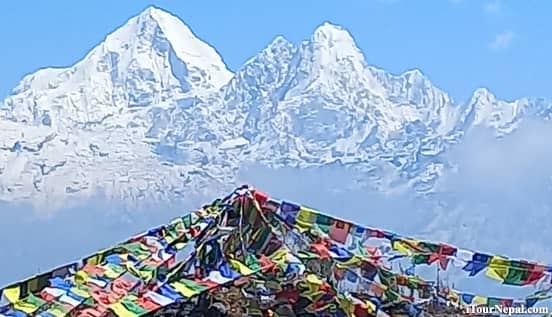
Helambu is the closest Beyul from Kathmandu with wealth of monasteries, caves, and naturally arisen remnants of the Precious Master, Padmasambhava.
Travel to Beyul's of Nepal
Beyuls, concealed valleys in the Himalayas, have been sanctified by Padmasambhava (Guru Rinpoche) as sacred sanctuaries. These hidden realms serve as protective shelters for those devoted to the Dharma during turbulent times. Beyuls are known for their unique ability to bridge the gap between the physical and spiritual realms, enhancing the efficacy of Tantric practices through diverse perspectives and dimensions.
Beyuls are considered to be secret not just due to their remote locations, but also due to the protection provided by Padmasambhava. The natural barriers such as snowstorms, mists, and snow leopards act as guardians, preserving these sanctuaries from outside influences.
Travelers who venture to these rugged and isolated regions frequently share remarkable stories akin to those experienced by Buddhist seekers striving for enlightenment.
Earthly Beyuls share significant characteristics with Shambhala.
Beyuls are sacred lands where forest, mountains, rivers are considered deities keeping the natural harmony undisturbed. With the Mahaguru's blessings pilgrims or practitioners in Beyuls will be empowered to tap into the sacred environment and receive its blessing.
Beyul's in Nepal are Helambu, Langtang, Nupri valley ( Manaslu ) and Everest region. Helambu is the nearest Beyul from Kathmandu which could be accessed by vehicle and then day walks from 3 days to one week.
Customize Buddhist Tour
